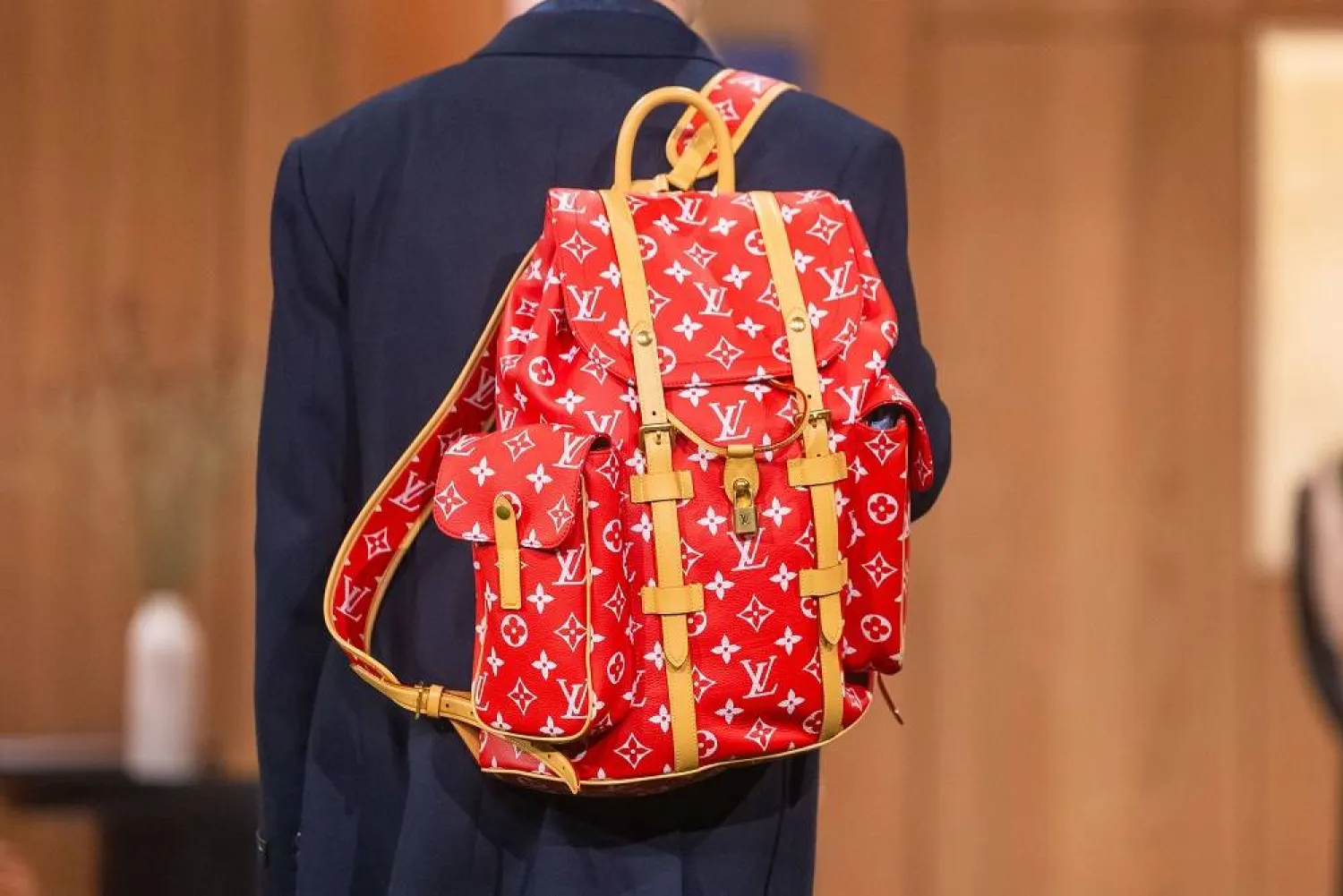Television's top stars sparkled Sunday on the red carpet for the Emmy Awards gala, back in its regular September time slot after twin Hollywood strikes delayed last year's ceremony to January.
Here is a glimpse of the top looks seen at the Peacock Theater in Los Angeles:
- Ladies in red -
Classic red to match the red carpet is a perennial style winner.
"Shogun" star Anna Sawai was ready for her close-up -- she accepted her Emmy for best actress in a drama in a fire-engine red strapless Vera Wang gown with a flounce just below the hips.
Sofia Vergara, nominated for her performance as a notorious Colombian drug lord in "Griselda," rocked a strapless ruched red Dolce & Gabbana gown with a plunging neckline.
And Ayo Edibiri, a winner at the last Emmys for her work on "The Bear" and a nominee again on Sunday, looked glam in a strapless printed red, black and yellow Bottega Veneta gown with a high slit.
- Black and blue -
Black is always on point for Hollywood events, but blue also was everywhere at the Emmys.
Selena Gomez, a first-time acting nominee for "Only Murders in the Building," wowed in a form-fitting Ralph Lauren black velvet gown with a glittering silver halter neckline and a train.
Sheryl Lee Ralph, a past Emmy winner and a nominee again Sunday for "Abbott Elementary," looked sleek in a black Versace gown with a similar halter neckline.
Two-time Oscar winner Jodie Foster, who won her first Emmy for best actress in a limited series for "True Detective: Night Country," stunned in a sleeveless midnight blue gown with a slim belt and asymmetrical bodice.
And Brie Larson, nominated in Foster's category for "Lessons in Chemistry," adopted the peplum trend -- and a very demure look -- in a beaded blue Chanel gown with thin sparkling straps, a full skirt and a sweet black bow at the waist.
- Metallics -
Glittering silver and gold looks definitely felt like a trend on the red carpet.
Jennifer Aniston, once again nominated for best actress in a drama for "The Morning Show," sparkled in a sheer silvery strapless Oscar de la Renta gown with intricate pearl beading.
Her hair was down and loose -- a style seen on many of television's leading ladies.
"Bridgerton" star Nicola Coughlan, a presenter at the Emmys, glimmered in an off-the-shoulder silver Prabal Gurung sequin gown with the on-trend sculpted peplum at the waist.
And Gillian Anderson, of "X-Files" fame, shimmered in a silver gown with a square neckline and a full skirt.
- Best of the rest -
Meryl Streep, a nominee for her work on "Only Murders in the Building," wins the award for best menswear look with a powder pink Barbiecore power suit with a double-breasted jacket and a pussy bow blouse.
Actress Kurumi Nakata, the wife of "Shogun" star Tadanobu Asano, brought a touch of the show to the red carpet in a traditional Japanese kimono.
And Oscar winner Da'Vine Joy Randolph, a presenter on Sunday, brightened up the stage in a yellow hooded gown with one sleeve and ruching at the waist. A diamond serpent necklace completed the look.









